I have the Enco version 3in1 and did add a brace that made a real difference. Also found that bracing the base helped - reduces flex in the long arm of the bed. A couple other mods, too: machined a longer column to raise the head, with a motor and screw inside to lift it, and replaced the 3/4 HP AC motors with 2-3 HP DC treadmill pull-outs and speed controls. Added an import 3-axis DRO and quick change tool post, bought heavier vice, also self-centering vice, rotary table. Very happy with all results. Working now on making a reversing gear, maybe solenoid operated, and a couple of limit switches. Love the low speed torque and easy speed adjustability of the DC motors, no more belt swapping so I'm more likely to use the right speed to begin with and adjust it on the fly as need be (even while facing, speed up RPM as move toward center to maintain SFM). Love the DRO - if you know where the tool really is, you can tolerate more play which this level of machine has. The QCT is not only more convenient, but much more rigid. Right now, it mounts to the cross slide so I can only come in at 0 deg but think I can make a go-between to mount it to the compound slide. [tried to take a few pix but they are read because of the background, so made a sketch and included a picture of a brace that inspired mine; note the big-ass c clamp that allows the head to go up and down. I intend to slot one of the pieces and drill and tap the other and bolt them together in a couple of places to increase rigidity.] Oh, another advantage of the DC motors is you can stop them on a dime if you switch them from the power source to a near short circuit - it turns the motor into a generator with a huge short, acts like a really strong brake. I can stop my lathe in 1-2 sec with a typical work loaded.]

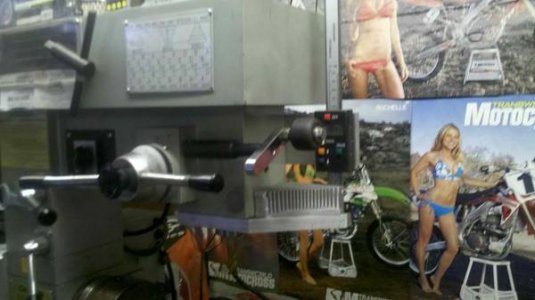
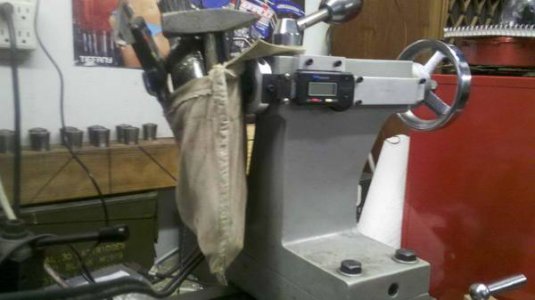
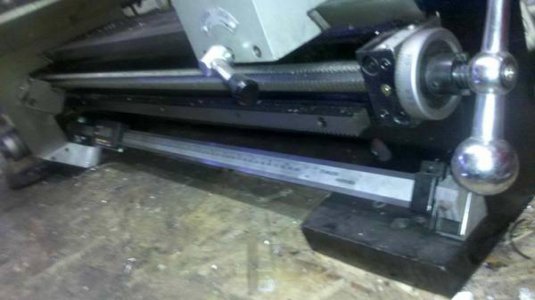
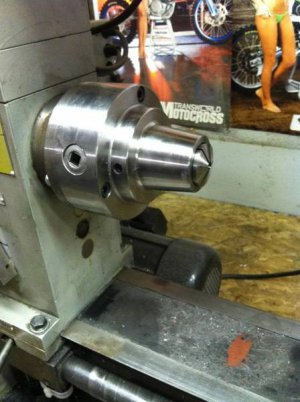
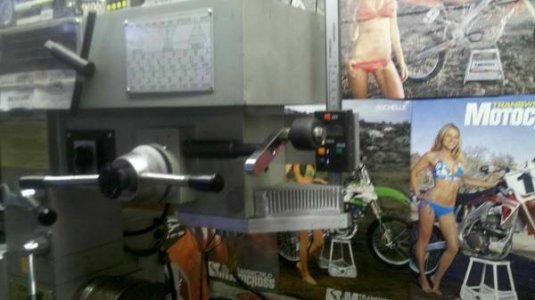
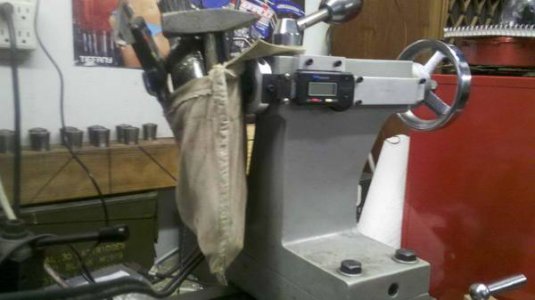
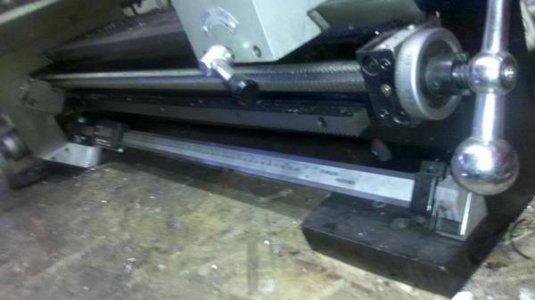
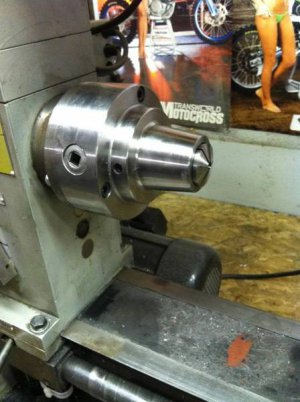
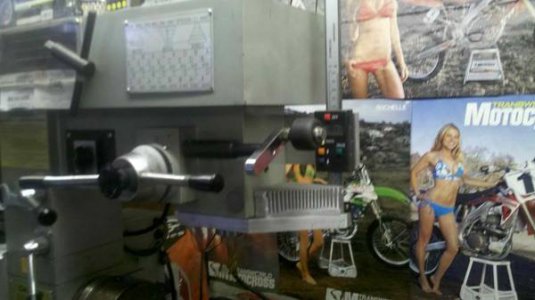
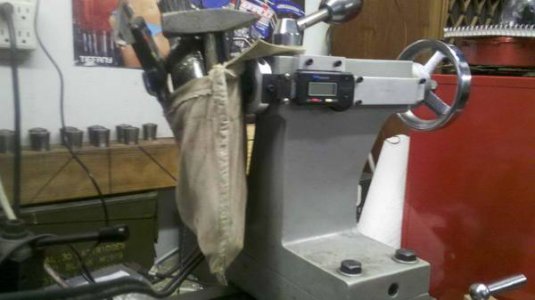
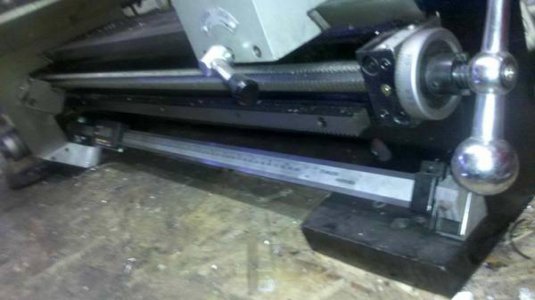
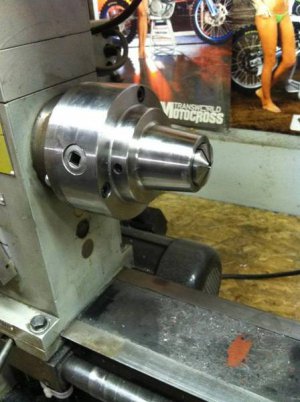
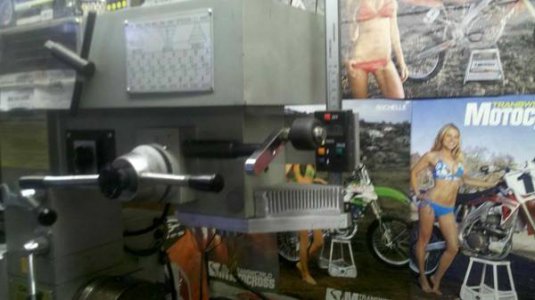
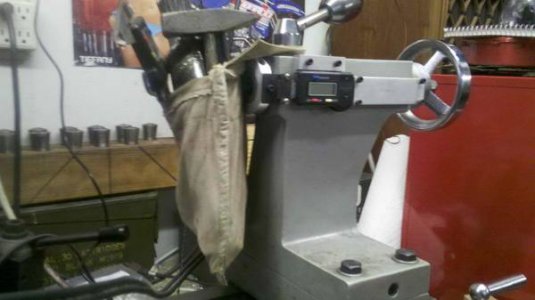
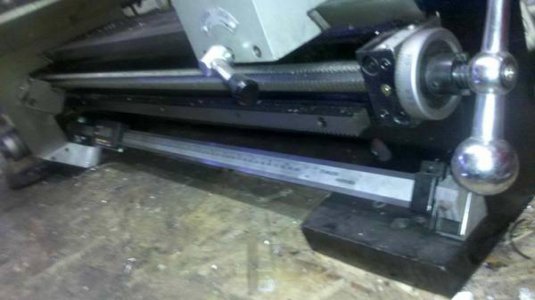
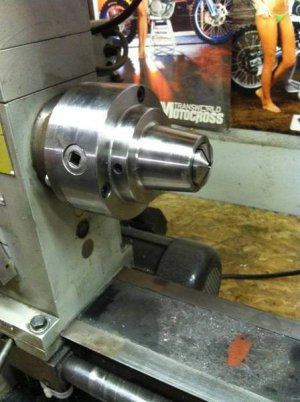
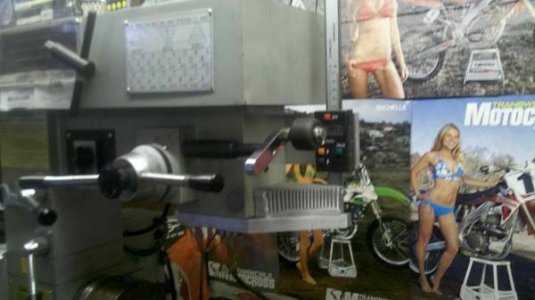
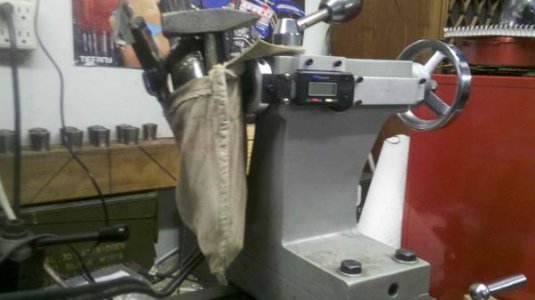
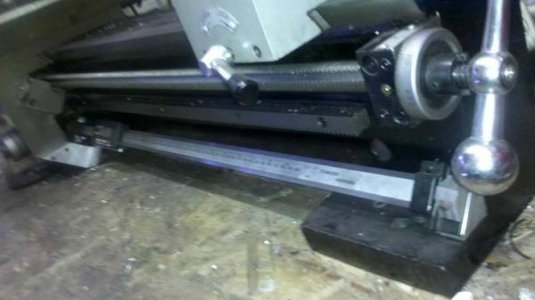
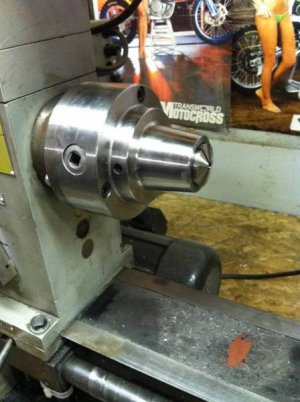
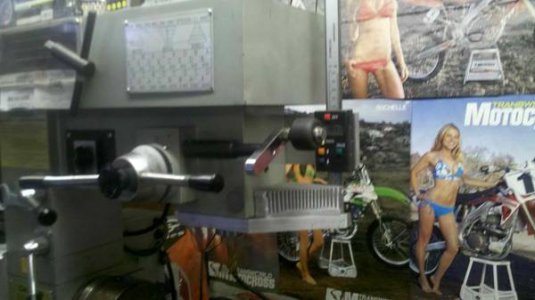
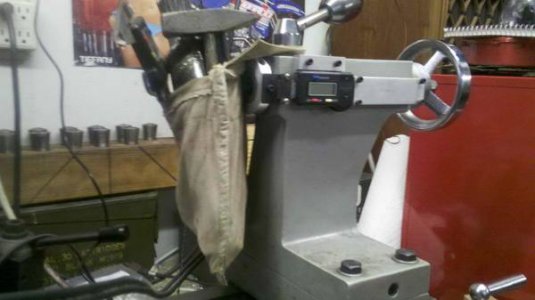
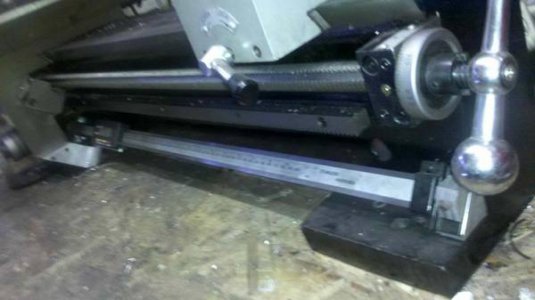
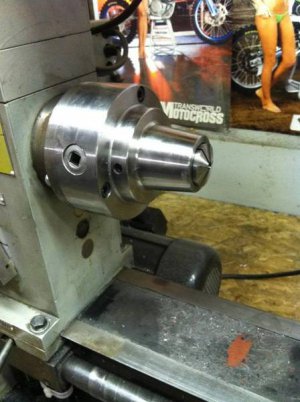
 I just ordered a set of R8 endmill holders. I was thinking about making some external guides on the carriage and cross slide to add some rigidity. I've never seen anyone do anything like that and I'm not sure it would even make a difference.
I just ordered a set of R8 endmill holders. I was thinking about making some external guides on the carriage and cross slide to add some rigidity. I've never seen anyone do anything like that and I'm not sure it would even make a difference.